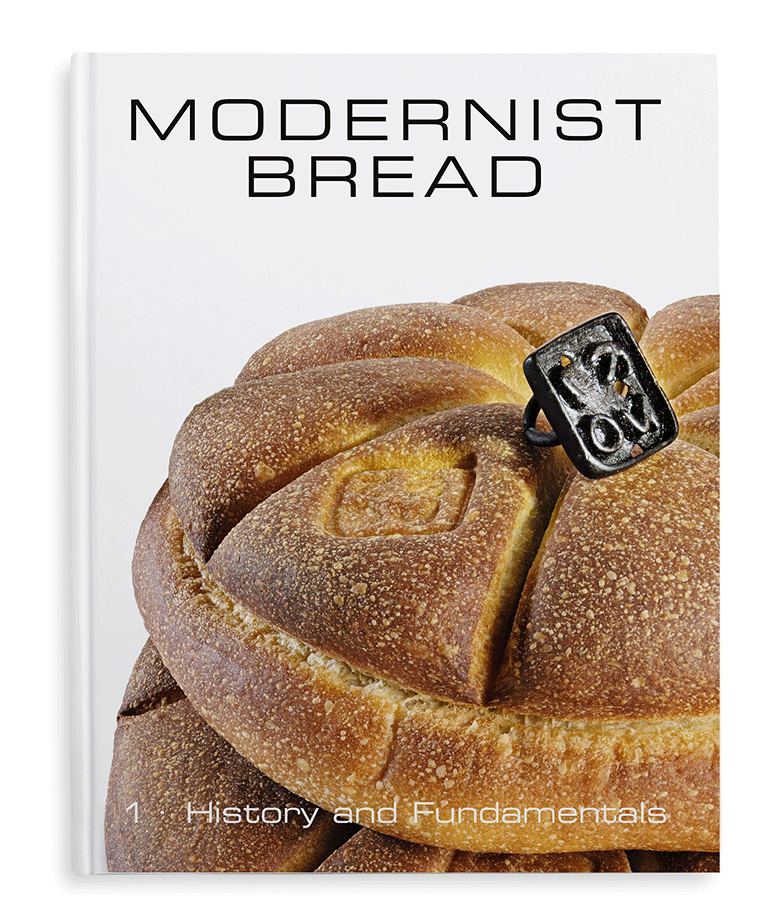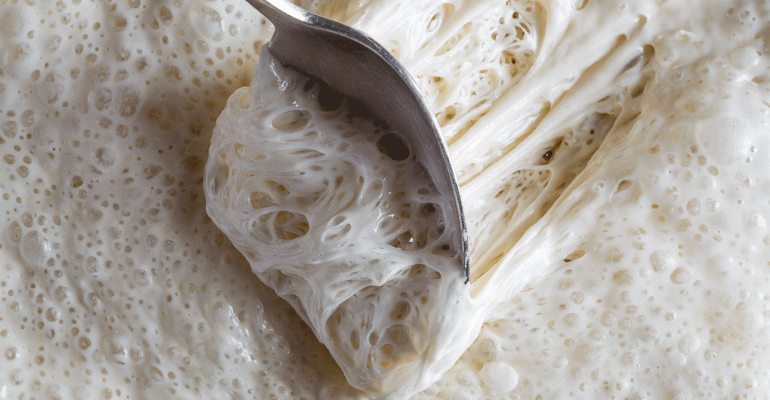 “Modernist Cuisine” helped transform the way chefs think about cooking. The six-volume culinary encyclopedia, published in 2011, was the product of years of work by Nathan Myhrvold and his team, who sought the very best ways to cook just about everything.
“Modernist Cuisine” helped transform the way chefs think about cooking. The six-volume culinary encyclopedia, published in 2011, was the product of years of work by Nathan Myhrvold and his team, who sought the very best ways to cook just about everything.
For example, it turns out that the best way to make a hamburger is to cook it sous-vide, dunk it in liquid nitrogen to freeze it, and then quickly fry it to brown the outside while reheating the center, making a perfectly cooked burger from edge to edge.
The books, funded by Myhrvold’s fortune from his time as a Microsoft executive, were the culmination of a movement to use modern science to make food taste better, debunking myths like the one that boiling green vegetables in salted water helps them retain their color better than boiling them in unsalted water.
Myhrvold and his team are at it again with the Nov. 7 release of “Modernist Bread.” The five-volume opus was more than four years in the making and, like its predecessor, sheds new light on the best techniques and debunks various myths.

 “A lot of the stuff that we really wanted to work on was things that didn’t seem to really have any scientific purpose, that were really based more on tradition than anything else,” said Francisco Migoya, co-author of the book and head chef of the Modernist Cuisine Cooking Lab.
“A lot of the stuff that we really wanted to work on was things that didn’t seem to really have any scientific purpose, that were really based more on tradition than anything else,” said Francisco Migoya, co-author of the book and head chef of the Modernist Cuisine Cooking Lab.
One of the biggest myths is the magic of sourdough starters.
“There’s always this story of how special this starter or that starter is,” he said, noting that families treasure the combinations of yeast, water, flour and bacteria, and pass them down, sometimes from generation to generation.
The problem with that?
“Yeast is one of the most adaptable organisms on the planet,” Migoya said.
That means it will adapt to its surroundings and change based on its environment. So if you have a 100-year-old starter from Italy and have been nurturing it for the past 50 years in New York, “it’s a given that whatever ecosystem was part of that bacterial mix initially is completely different if it’s been in New York for 50 years,” he said. The only way to keep it the same would be to keep it in the same environment and feed it the same flour at the same time every day.
Also, people keep the starter in the refrigerator to maintain it, but if they don’t feed it, it will die in five days, refrigerated or not. You can tell it’s dead if a film of water forms on the surface. When people take a starter out of the refrigerator and feed it, they think they’ve brought it back to life.
“In fact, you’re starting from zero again,” Migoya said. “It’s the emotional attachment more than anything.”
Other things that don’t help starters are raisins or yogurt, which some people like to add to them.
“In reality, the yeast that live on raisins like to live on raisins, not what’s in flour,” he said. And while yogurt, like wheat flour, has lactic acid, it’s a different kind of lactic acid.
In fact, Migoya said anyone can make a starter by mixing equal amounts of flour and water at a temperature between 85-88 degrees Fahrenheit in a clean, unsterile, jar, putting a lid on it and keeping it at around 70 degrees for three to five days. Then, just keep feeding it flour at the same time every day.
Beyond debunking myths, “Modernist Bread” also found solutions to vexing problems such as how to keep toppings from falling off bagels or other bread, and how to keep sensitive toppings from burning, such as the onion and garlic on everything bagels.
Rather than topping bagels with sesame seeds or poppy seeds before baking them, the “Modernist Bread” team bakes them naked, cools them and dips them in a slurry of a modified tapioca starch called Ultra-Tex 3. It forms a thin film on the bread that allows bakers to dip them in whatever they want — even heavier items like walnut pieces or sunflower seeds — and finish them in the oven for five minutes to evaporate the slurry and “glue” the toppings in place.
“One of my favorite ones is shichimi togarashi with nori,” Migoya said.

Another benefit of the new encyclopedia, Migoya said, is that it keeps in mind not just professional bakers and home cooks, but chefs at hotels and country clubs who don’t generally have special bread ovens. Instead, they bake in Combi or convection ovens that he said use fans to force hot air onto bread, which can set the crusts too quickly and prevent them from expanding.
The new volumes give advice on how to mitigate that, such as giving the bread bursts of steam every few minutes to keep the crust from hardening too soon.
“We made an effort to write the book for a group of bakers that have always been neglected,” Migoya said.
Contact Bret Thorn at [email protected]
Follow him on Twitter: @foodwriterdiary





